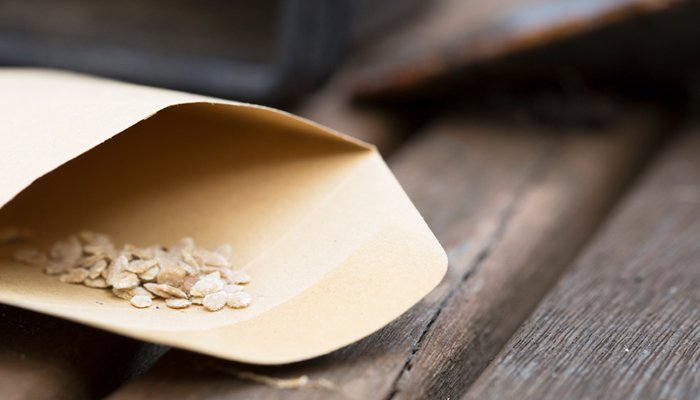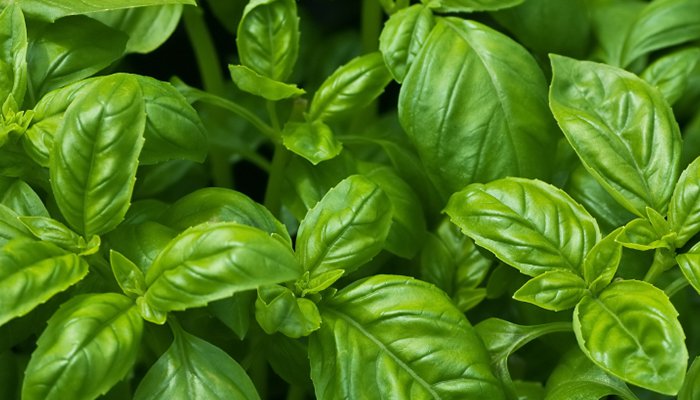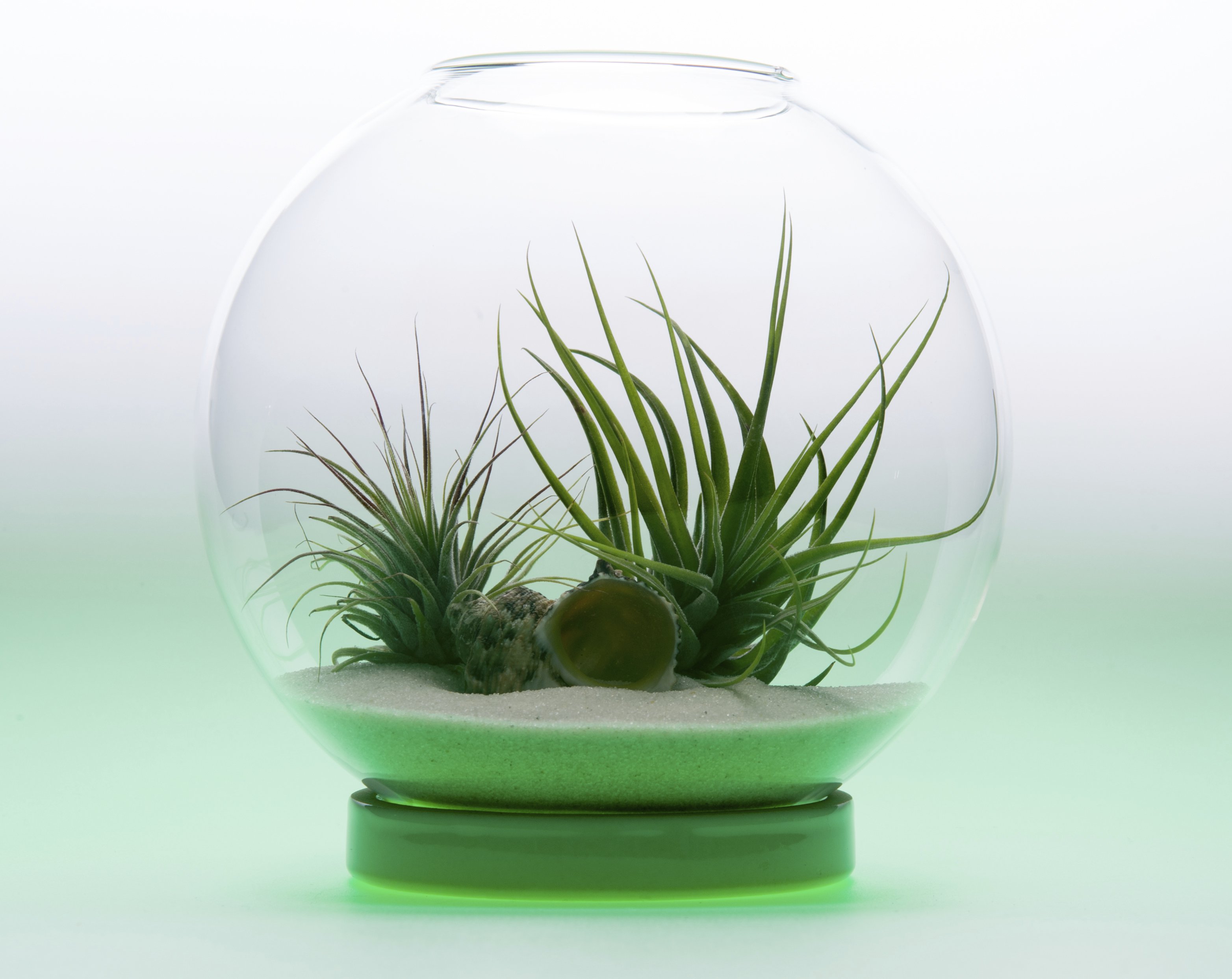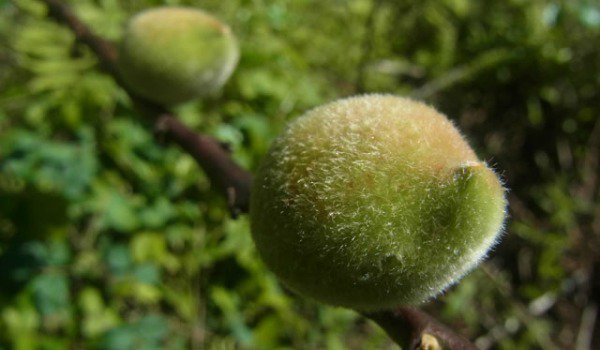Sometimes the plants that you get at the nursery have been there just a little too long. They’ve grown up enough that the pot they’re in is no longer big enough, and no one has brought them home to provide a larger pot to enjoy. Unfortunately, that means that as they grow bigger, they’ll become root bound, meaning their roots will start to overtake the soil and create a cage for the plant. When that happens, even repotting them won’t help, because they’re already in a solid pot made of their own roots. That’s why you’ll need to learn how to assist root bound plants, in case you encounter them.
Slightly-Bound Plants
When the plants you buy are just a bit root bound, you won’t have to do much to help them. Water them a bit to help compact the soil together, and then carefully ease the root ball out of the pot. The water will keep dry dirt from pouring out everywhere and making a mess, and it will help you repurpose that dirt for your new plant’s home.
Over the hole where you will plant your flowers or veggies, carefully hold the bottom of the root ball and begin to massage it. Dirt will begin to fall away, and you’ll help open up the roots from their shape, which will release the plant from its cage. If you accidentally break some roots, that’s okay. Plant as normal, and provide water and some nutrients to help with transplant shock. Most nurseries sell a liquid concentrate specifically for this.
Tightly-Bound Plants
For a plant that is so far entrapped that there is hardly any soil, you’re going to have to go to slightly drastic measures to help it out. With your hands or a knife, slice the root cage about half way down, making a line halfway down the cage all the way to the bottom. Repeat this at least three other times to create four lines and help open up the roots, and probably not more than 6 total lines. This is going to force the plant to suffer through a harder transplant, but it will not be able to grow if you ignore this problem.
The bottom will most likely be so solid with roots, your hands will not be able to massage them free or even break through the little barrier. You’re going to have to use the knife to completely cut off the bottom of the root cage, and open up the smaller inner roots and dirt to more access to the new habitat you’re giving them. Once the root cage has been sliced and opened up, you can plant as normal, being careful to open the sides up towards the bottom to create a sort of plant octopus.
This will again help the plant to open up to the dirt surroundings, and avoid more root-binding in the future. It’s important to plant your plants in pots or gardening spaces big enough for them to mature in, or this will become a problem again. Don’t forget to provide it with the solution to help avoid transplant shock, since it will be going through a stronger shock than a mildly root bound plant.
Have you dealt with root bound plants before?











